When it comes to relationships, the animal kingdom is full of surprises. Some creatures are the epitome of loyalty, sticking with one partner for a lifetime, while others skip the concept of mating entirely. Let’s dive into the fascinating world of monogamous lovebirds and eternal loners, starting with the lesser-known marvels before exploring the famous ones.
1. Sandhill Cranes (Mate for Life)
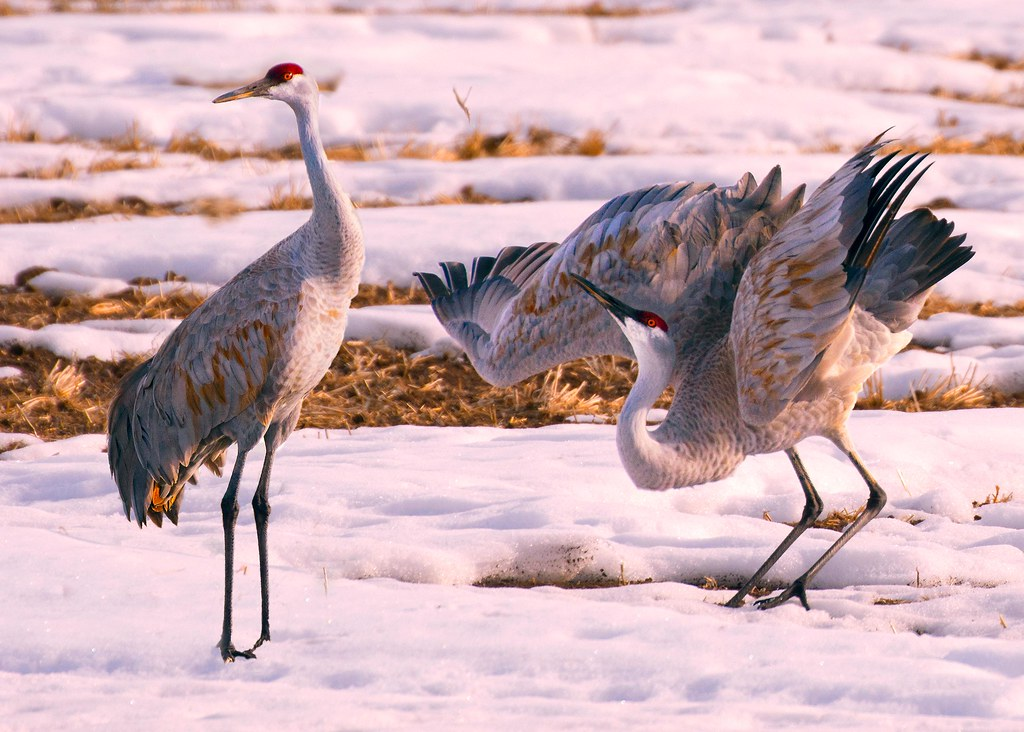
Flickr
Sandhill cranes aren’t just graceful; they’re also deeply romantic. These elegant birds form lifelong bonds, marked by intricate courtship dances that include synchronized wing flapping and bowing. Once paired, they work together to build nests and raise chicks. Their loyalty isn’t just endearing; it’s practical, as their teamwork ensures the survival of their offspring. Sandhill cranes migrate in pairs, and their trumpeting calls echo their strong connection. Watching these majestic birds in action is like witnessing nature’s ode to long-term love. It’s fascinating how these birds coordinate their efforts, from choosing nest locations to caring for their young. Truly, sandhill cranes showcase the beauty of commitment in the wild.
2. Anglerfish (Never Mate)
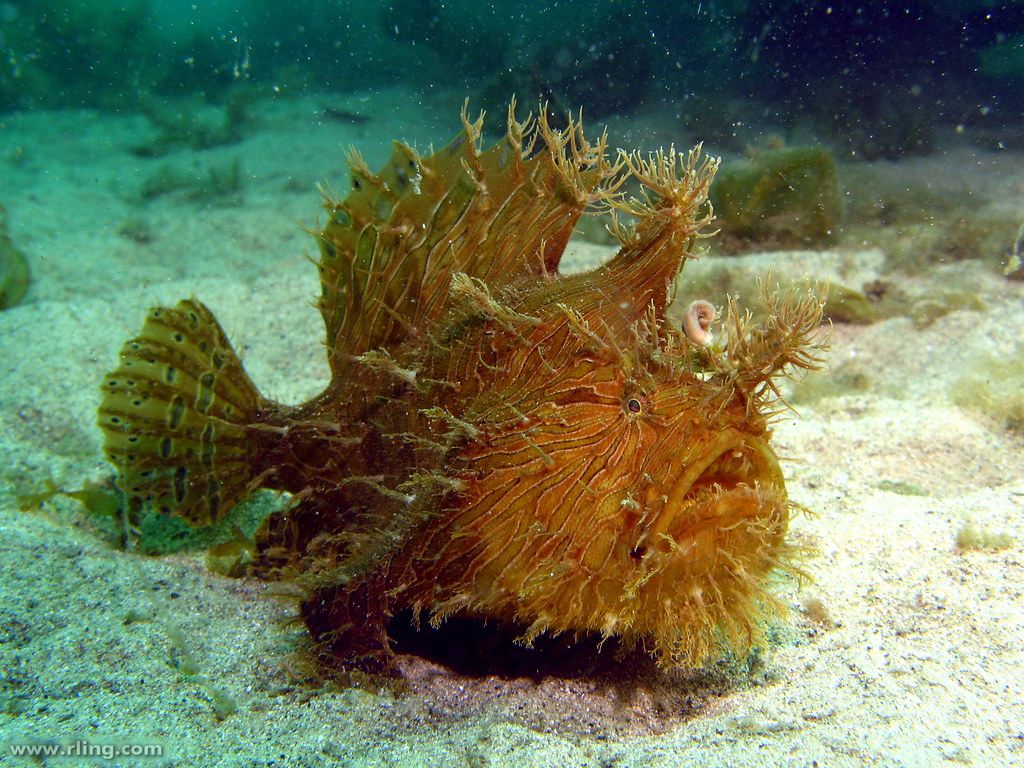
Flickr
Deep-sea anglerfish redefine the concept of a solitary life. These eerie creatures live in the ocean’s darkest depths, and while some species engage in parasitic mating, others forego it altogether. For the latter, females reproduce through a process called parthenogenesis, where eggs develop without fertilization. This adaptation ensures their survival in an environment where finding a mate is nearly impossible. Anglerfish may look intimidating, but their unique life strategy showcases the resilience of life in extreme conditions. Their adaptations not only highlight their ability to thrive in harsh habitats but also emphasize how diverse reproductive strategies can be in the animal kingdom. It’s a testament to their survival skills.
3. Beavers (Mate for Life)
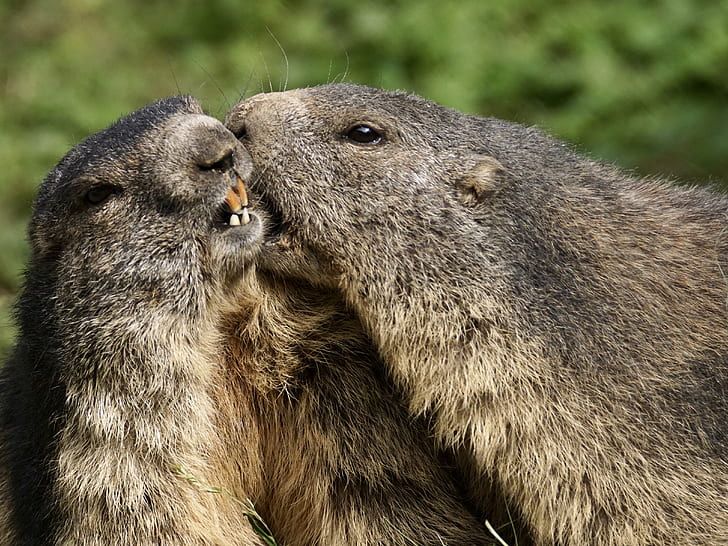
PickPik
Beavers take family life seriously. These industrious rodents pair up for life, working side by side to build dams and lodges that provide shelter and safety for their kits. Their partnership extends to parenting, with both parents actively involved in raising their young. Beavers’ commitment to their mates is as solid as the structures they create, making them a symbol of teamwork and loyalty in the animal world. They’re not just romantic but also highly cooperative, sharing responsibilities like foraging for food and maintaining their habitat. This bond ensures the success of their offspring and contributes to the stability of their ecosystem. Beavers exemplify dedication and ingenuity.
4. Komodo Dragons (Never Mate)
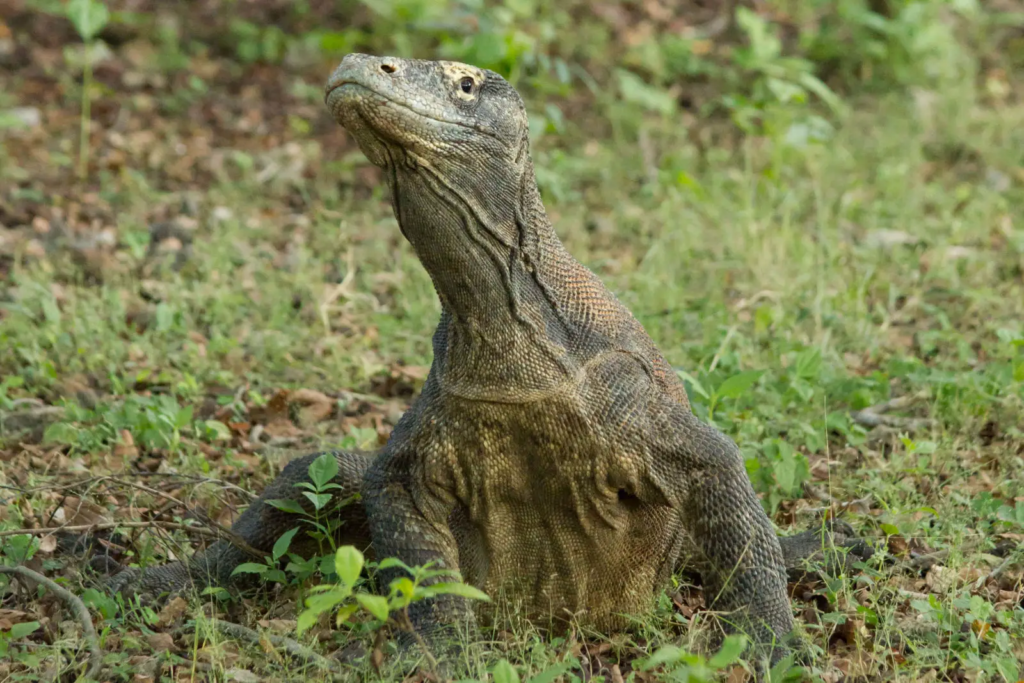
Animalia
The formidable Komodo dragon doesn’t need a partner to reproduce. Female Komodo dragons can lay viable eggs without mating, thanks to a process called parthenogenesis. This remarkable ability allows them to thrive even in isolated conditions. While they can also reproduce sexually, their ability to switch between the two methods is a testament to their evolutionary adaptability. Komodo dragons are apex predators, and their reproductive flexibility ensures their survival in diverse environments. This capability is particularly useful on remote islands, where mates may be scarce. Their resilience and adaptability make them one of nature’s most fascinating creatures, capable of thriving against all odds.
5. Puffins (Mate for Life)
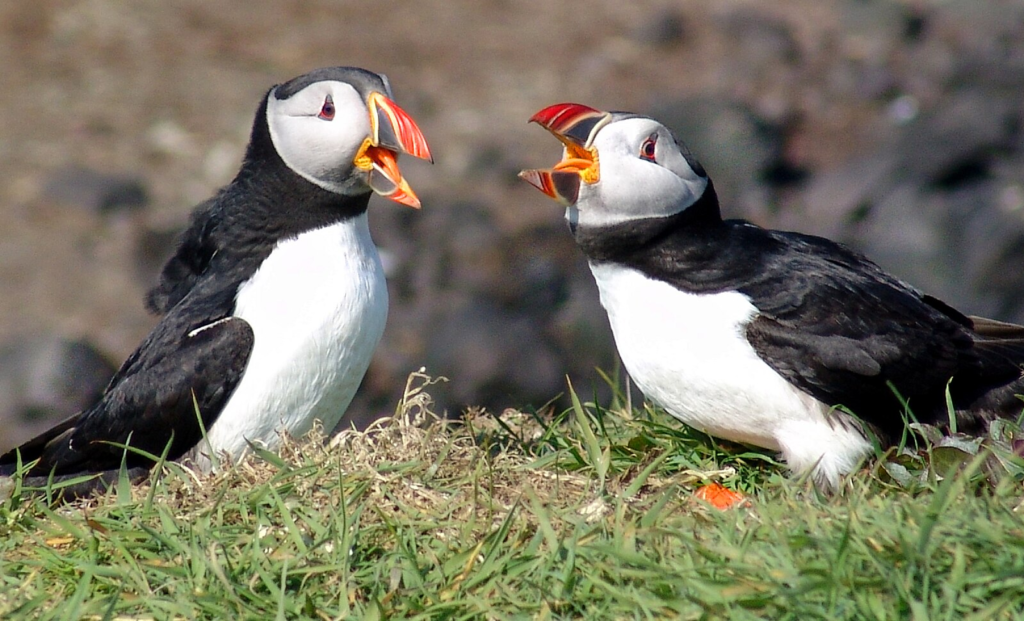
Wikimedia Commons
Puffins, often dubbed “clowns of the sea,” are as devoted as they are adorable. These seabirds form long-term bonds and return to the same burrows year after year to raise their chicks. Their courtship involves affectionate billing (rubbing their beaks together) and synchronized movements that strengthen their bond. Puffins’ dedication to their partners is a heartwarming reminder that love knows no bounds—even on the rugged cliffs of the North Atlantic. They’re also incredibly attentive parents, taking turns incubating eggs and foraging for food. Watching puffins interact is a delight, showcasing their playful yet committed nature. Their loyalty and charm make them truly remarkable.
6. Whiptail Lizards (Never Mate)

Animalia
Whiptail lizards are all-female species that reproduce through parthenogenesis. Found in the deserts of the Americas, these lizards lay eggs that develop into clones of themselves. With no males in the population, whiptail lizards rely entirely on this unique reproductive strategy. Their existence challenges traditional notions of reproduction and highlights the incredible adaptability of life in harsh environments. Despite their solitary reproduction, they exhibit fascinating social behaviors and thrive in their habitats. Their ability to maintain genetic stability without mates is a marvel of evolution, showcasing how nature often defies conventional rules. Whiptail lizards are a testament to survival through innovation.
7. Swans (Mate for Life)

Needpix
Swans are often seen as the epitome of romantic love, and for a good reason. These graceful birds form lifelong bonds and are known for their synchronized swimming and mutual grooming. Swans work together to build nests and raise cygnets, displaying unwavering loyalty to each other. Their devotion is so iconic that they’ve become a symbol of enduring love in cultures around the world. Beyond their romantic image, swans are fiercely protective parents, ensuring the safety of their young against predators. Their elegant movements and serene presence make them one of nature’s most admired creatures. Swans truly embody the beauty of partnership.
8. New Mexico Whiptail (Never Mate)
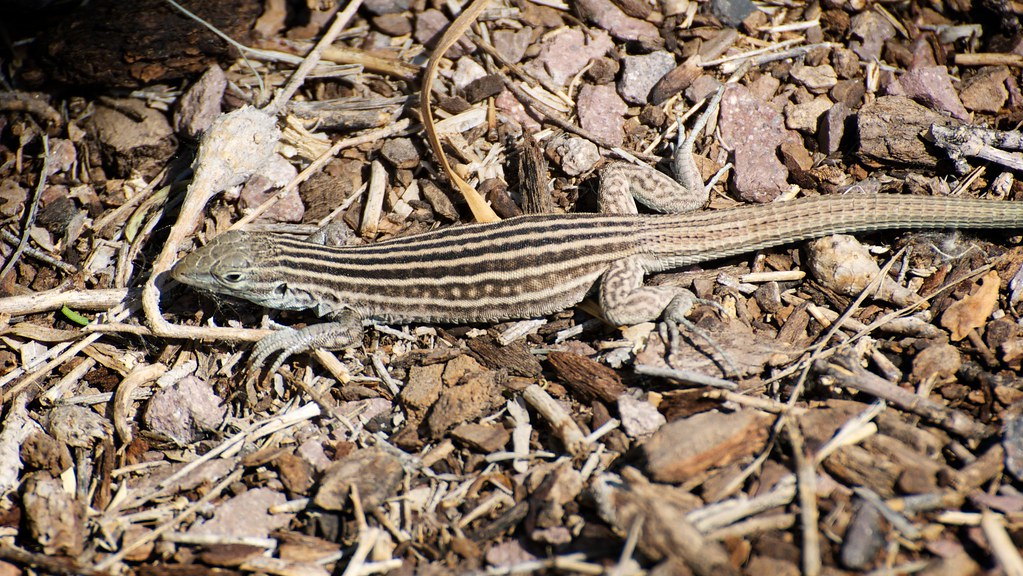
Flickr
Another parthenogenetic wonder, the New Mexico whiptail lizard, takes “self-sufficient” to a new level. This all-female species produces offspring without fertilization, ensuring its survival in isolated habitats. What’s fascinating is that these lizards still engage in mating behaviors with each other, which scientists believe stimulates ovulation. It’s a peculiar yet effective strategy that showcases nature’s creativity. These lizards thrive in challenging environments, demonstrating remarkable resilience. Their unique reproductive method not only ensures their survival but also sparks curiosity about the diverse strategies animals use to adapt. The New Mexico whiptail is a testament to life’s determination to persist.
9. Albatrosses (Mate for Life)
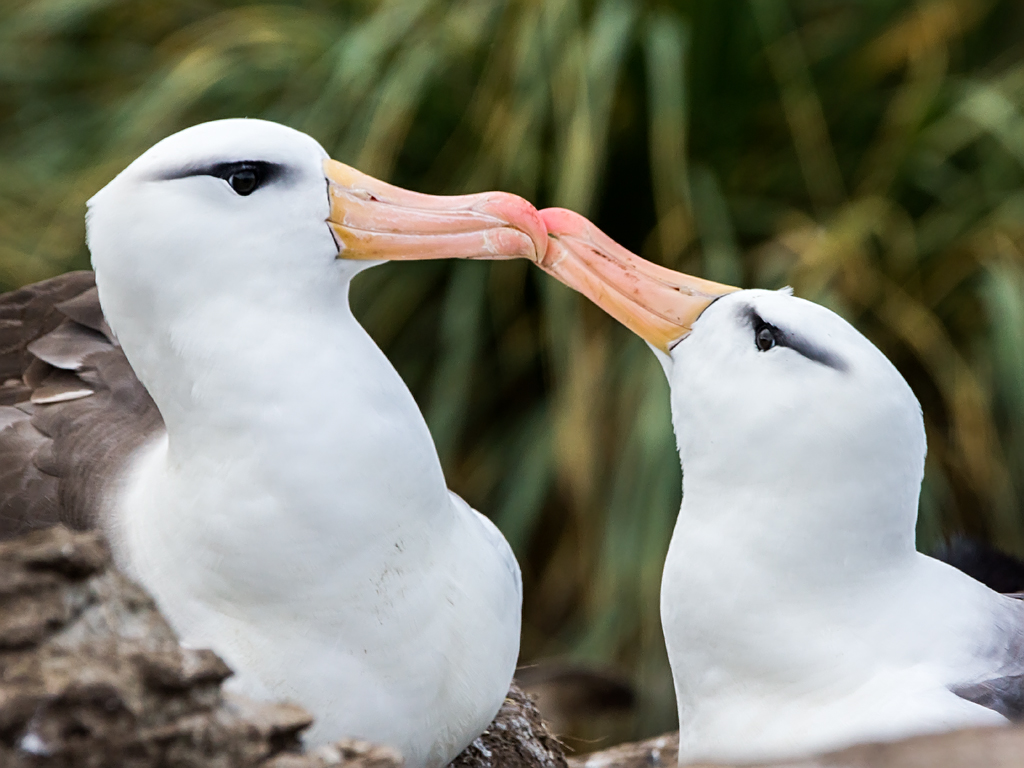
Flickr
Albatrosses are the long-distance champions of love. These seabirds often travel thousands of miles but remain loyal to their mates. Their courtship rituals involve elaborate dances, and once paired, they stick together for life. Albatrosses work as a team to raise their chicks, with one parent guarding the nest while the other forages. Their enduring partnerships are a testament to the power of commitment. Beyond their romantic allure, albatrosses play a vital role in their ecosystems, often traveling vast distances to gather food. Their monogamous nature and incredible journeys make them a symbol of devotion and perseverance in the animal kingdom.
10. Sea Anemones (Never Mate)

Flickr
Sea anemones don’t mate in the traditional sense. These stationary marine creatures reproduce asexually by splitting into two or through budding, where a new anemone grows from the parent. While some species also release eggs and sperm into the water, many rely solely on these solitary methods. Their vibrant colors and intricate forms make them one of the most fascinating fixtures of coral reefs. Sea anemones also form symbiotic relationships with clownfish, showcasing their interconnectedness within their ecosystem. Their ability to thrive independently yet contribute to marine diversity highlights the adaptability and resilience of life beneath the waves.
11. Wolves (Mate for Life)
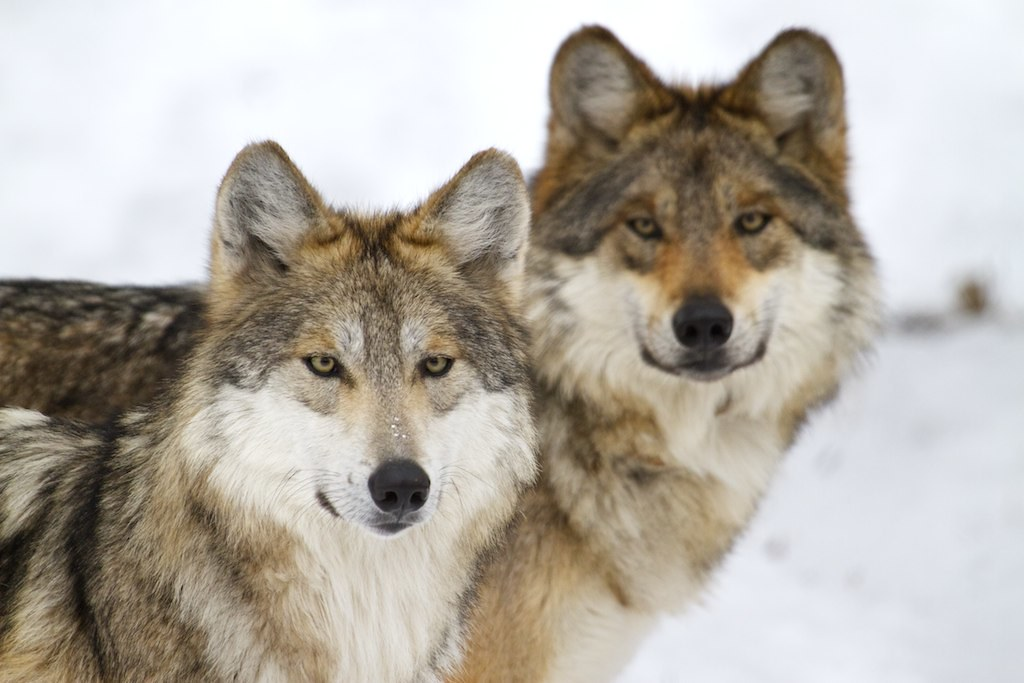
Flickr
In wolf packs, the alpha pair typically mates for life, leading the group with strength and unity. These lifelong bonds are crucial for the pack’s stability and success in hunting and raising pups. Wolves’ strong family ties and loyalty to their partners are often seen as a reflection of the value of teamwork and dedication. Their howls often communicate their bond, showcasing a level of social complexity that’s rare in the animal kingdom. By working together, wolves ensure th0e survival of their pack, making them a symbol of strength, loyalty, and cooperation. Their commitment to each other is truly inspiring.
12. Aphids (Never Mate)
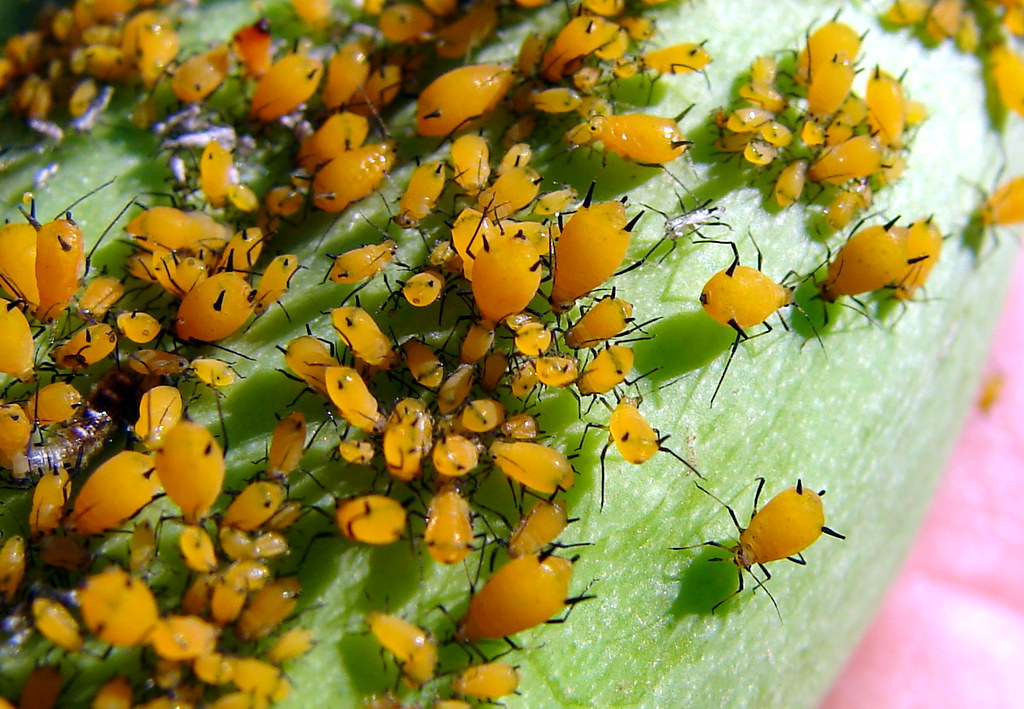
Flickr
Aphids are tiny insects that reproduce asexually for most of the year, giving birth to live young without mating. This rapid reproduction allows them to populate plants quickly, sometimes to the detriment of gardens and crops. While not the most glamorous creatures, aphids’ unique reproductive strategy makes them incredibly efficient survivors. They can also adapt to changing conditions by switching to sexual reproduction when needed, showcasing their versatility. Despite their small size, aphids play a significant role in ecosystems, serving as a food source for various predators. Their reproductive habits are a fascinating example of nature’s adaptability.
13. Bald Eagles (Mate for Life)

Animalia
Bald eagles, America’s national symbol, are also symbols of loyalty. These majestic birds form lifelong bonds and work together to build massive nests, often returning to the same one each year. Their partnership extends to hunting and raising eaglets, showcasing the strength of teamwork and dedication. Bald eagles’ commitment to their mates is matched by their fierce protection of their territory and offspring. Their impressive wingspan and sharp vision make them formidable hunters, while t0heir enduring relationships highlight their nurturing side. They’re a powerful symbol of resilience and unity, embodying the ideals of partnership and strength.
14. Starfish (Never Mate)
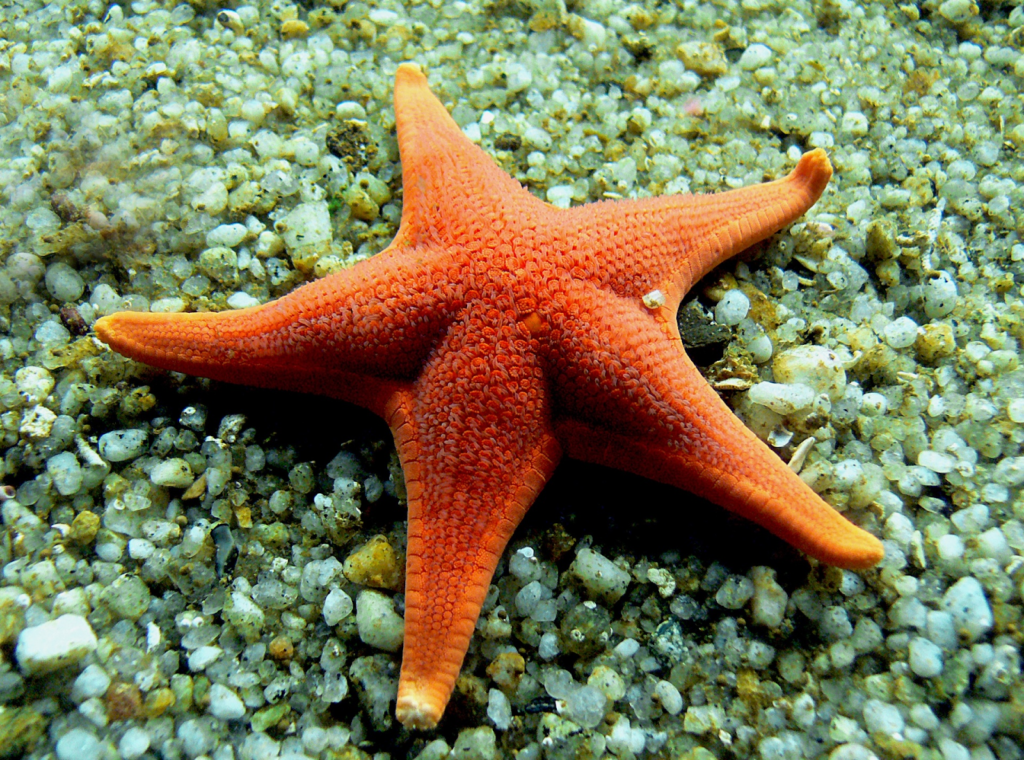
Needpix
Starfish, or sea stars, don’t need a partner to reproduce. Many species regenerate lost arms that can grow into entirely new individuals, while others release eggs and sperm into the water for external fertilization. Their regenerative abilities and unique reproductive strategies highlight the wonders of marine life. Beyond their reproductive methods, starfish play a crucial role in maintaining the health of coral reefs. Their ability to adapt and thrive in diverse environments makes them a symbol of resilience. Starfish remind us of the incredible ways life finds to persist and flourish, even in the face of challenges.
15. Gibbons (Mate for Life)
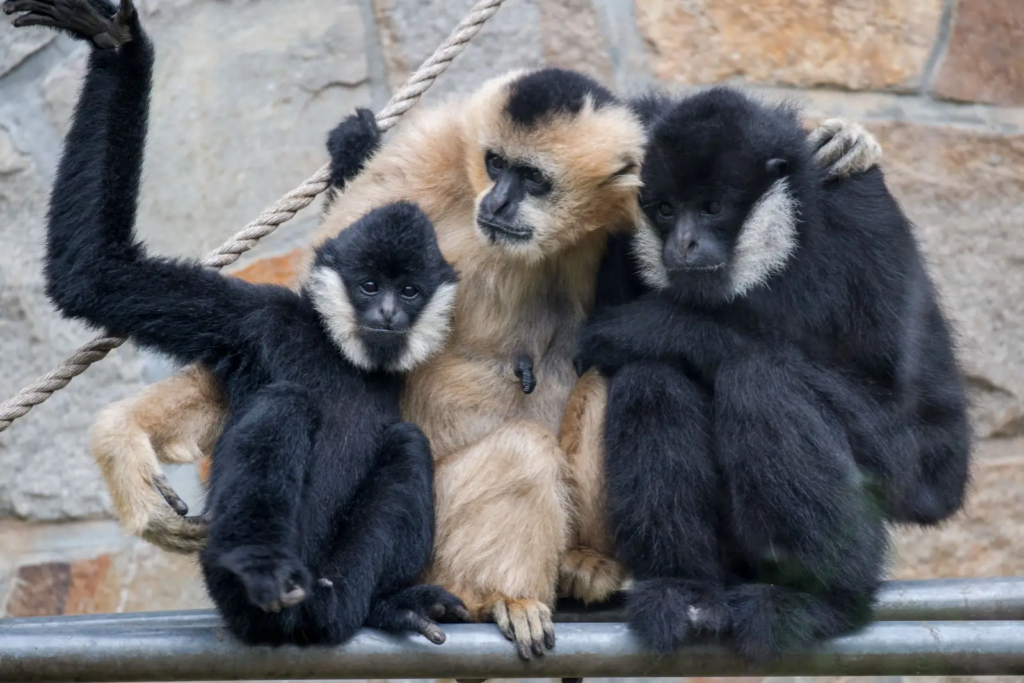
Animalia
Gibbons, the acrobats of the primate world, are monogamous creatures that form strong pair bonds. These bonds are reinforced through grooming, singing duets, and raising offspring together. Their long-term partnerships are rare among primates, making them a fascinating example of monogamous behavior in the animal kingdom. Gibbons’ social structure and commitment to their family unit reflect their intelligence and emotional depth. Their graceful movements and harmonious calls make them a joy to observe. By sticking with one mate, gibbons ensure stability for their offspring, showcasing the benefits of enduring partnerships. Their dedication is a beautiful aspect of their lives.
16. Bdelloid Rotifers (Never Mate)
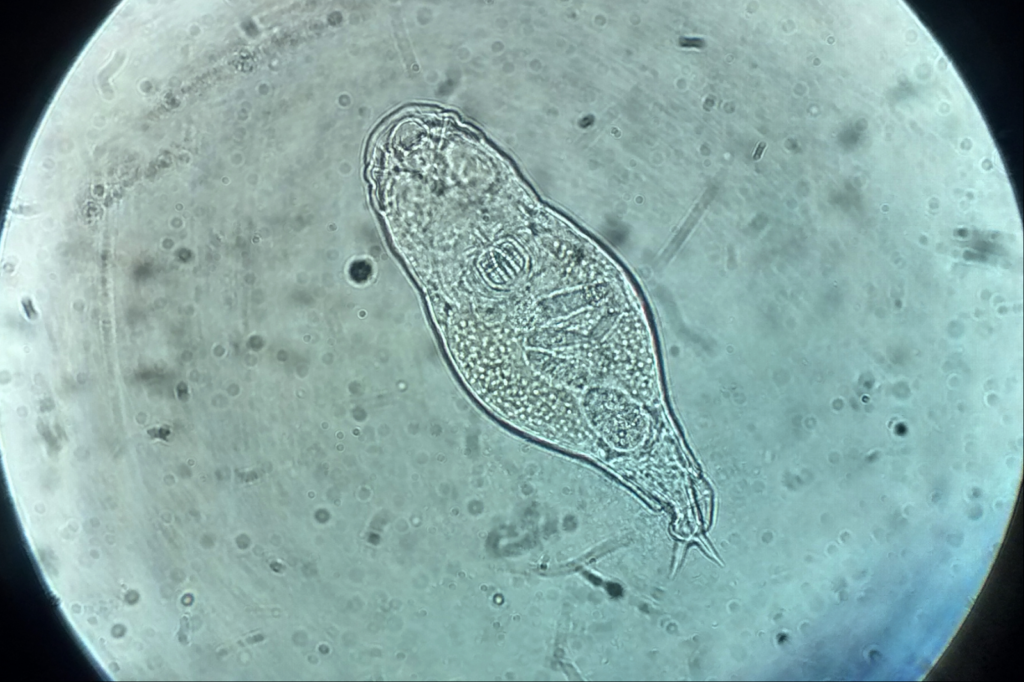
Wikimedia Commons
Bdelloid rotifers are microscopic organisms that have survived for millions of years without sexual reproduction. Instead, they rely on a process called horizontal gene transfer, absorbing genetic material from their environment to maintain genetic diversity. Their ability to thrive without mating is a remarkable feat of evolution. Bdelloid rotifers can also withstand extreme conditions, entering a state of dormancy when faced with challenges like dehydration. This resilience has allowed them to persist for millennia, defying expectations. Their unique survival strategies highlight the endless possibilities of life’s adaptability and provide insight into how organisms can succeed against all odds.
From lifelong partners to independent reproducers, the animal kingdom’s diversity in mating strategies is nothing short of astounding. Whether it’s the enduring love of swans or the solitary resilience of Komodo dragons, these creatures remind us that there’s no one-size-fits-all approach to life and reproduction.


